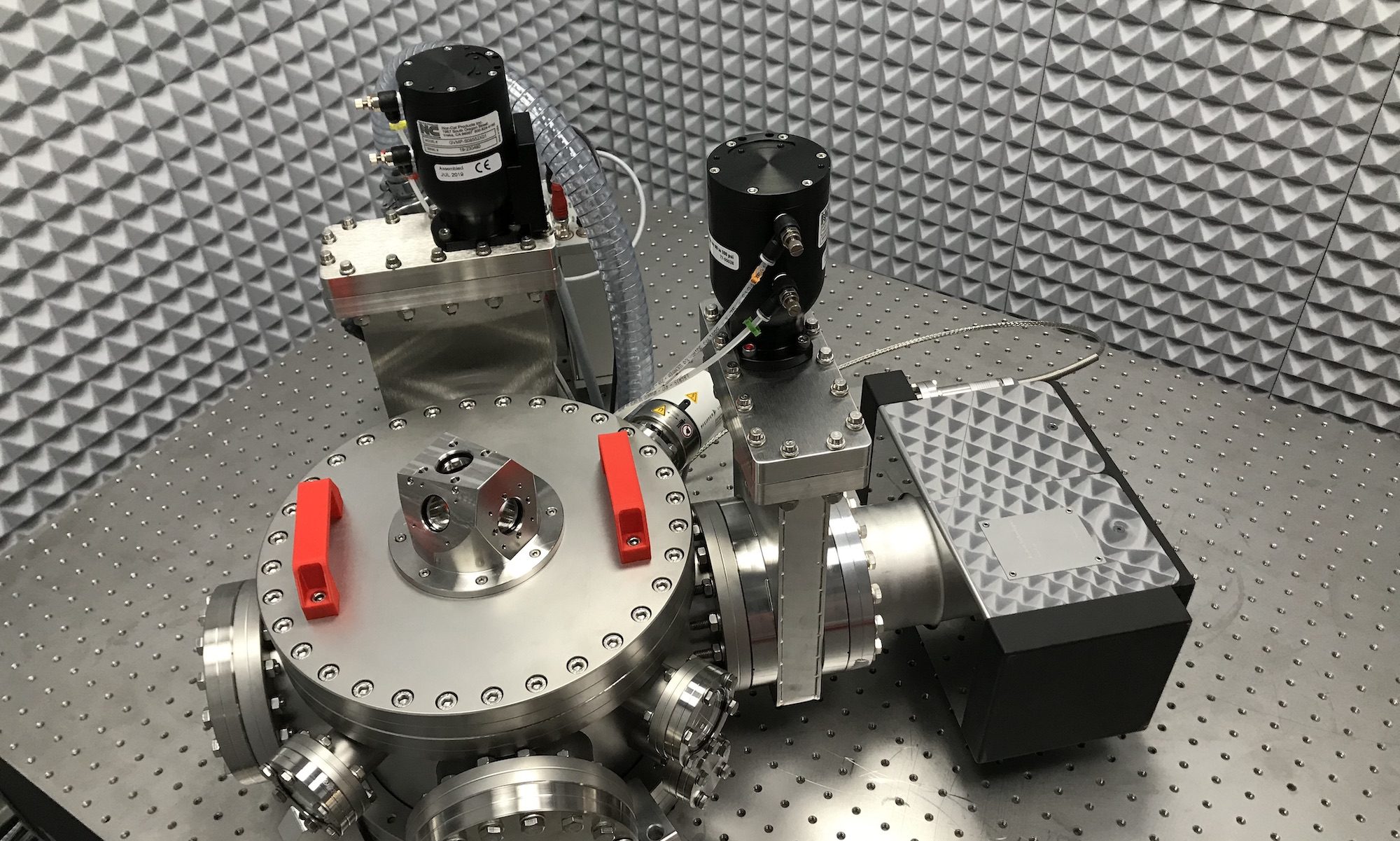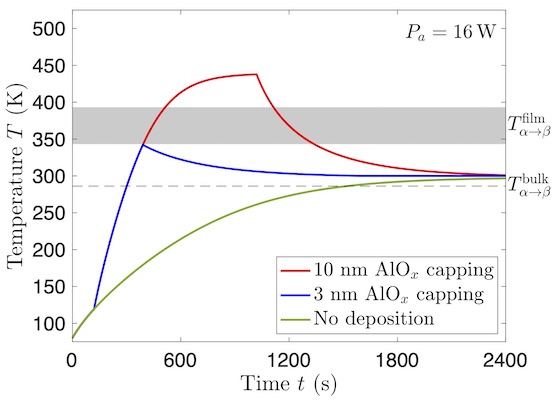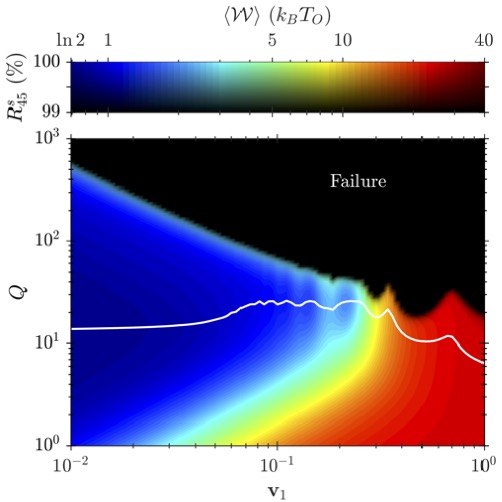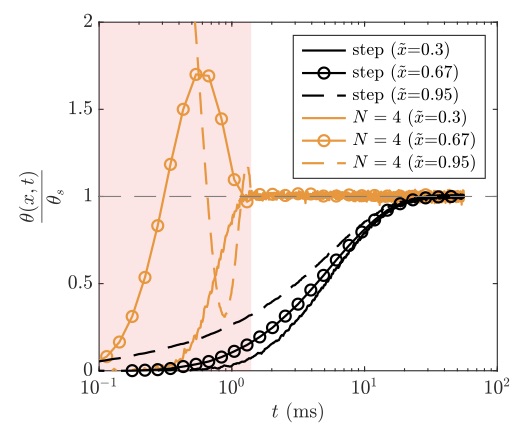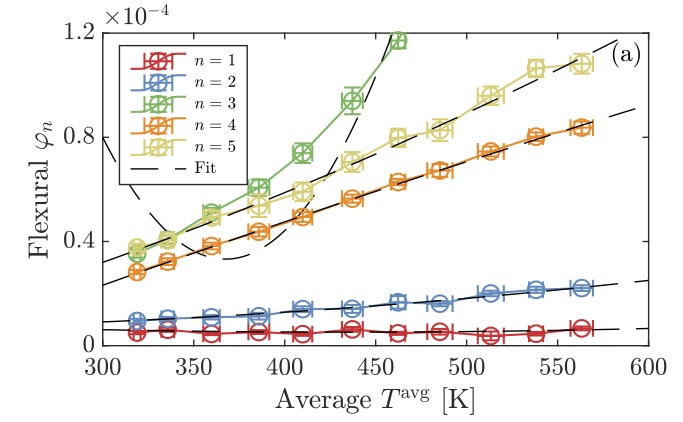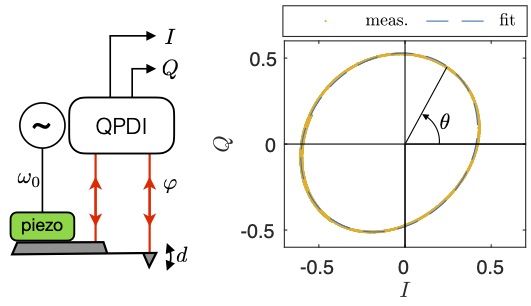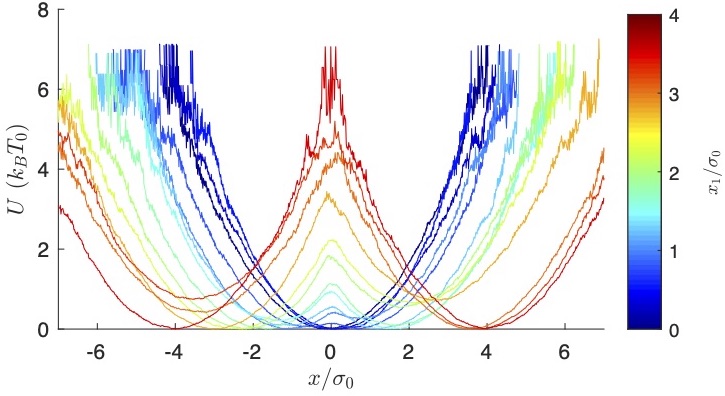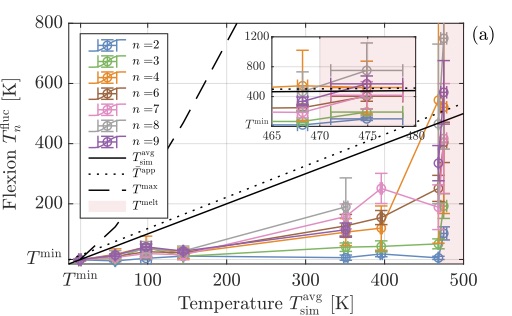Aubin Archambault, Caroline Crauste-Thibierge and Ludovic Bellon, J. Appl. Phys. 135, 094502 (2024)
Article: doi: 10.1063/5.0189480
Dataset: doi: 10.5281/zenodo.10102664
Software : doi: 10.5281/zenodo.10103601
Colloidal probes are often used in force microscopy when the geometry of the tip-sample interaction should be well controlled. Their calibration requires the understanding of their mechanical response, which is very sensitive to the details of the force sensor consisting of a cantilever and the attached colloid. We present analytical models to describe the dynamics of the cantilever and its load positioned anywhere along its length. The thermal noise calibration of such probes is then studied from a practical point of view, leading to correction coefficients that can be applied in standard force microscope calibration routines. Experimental measurements of resonance frequencies and thermal noise profiles of raw and loaded cantilevers demonstrate the validity of the approach.
